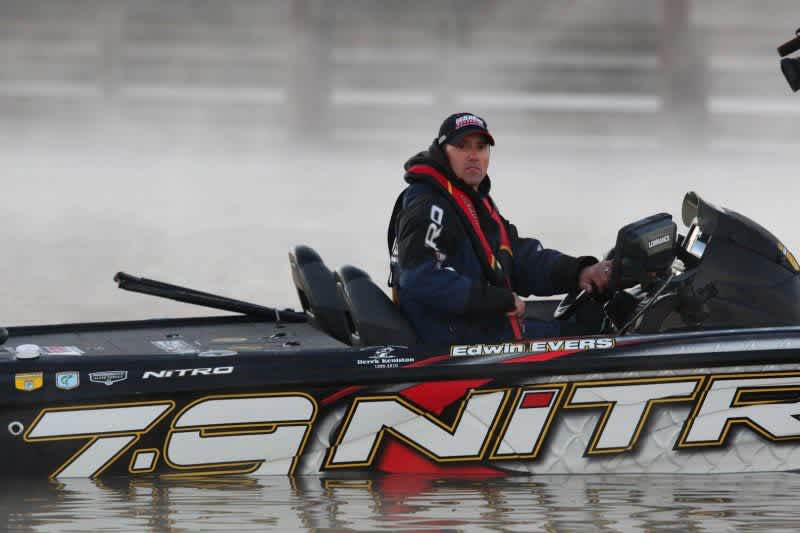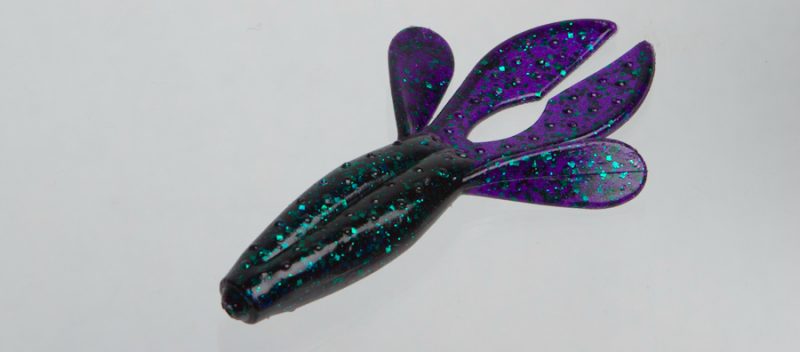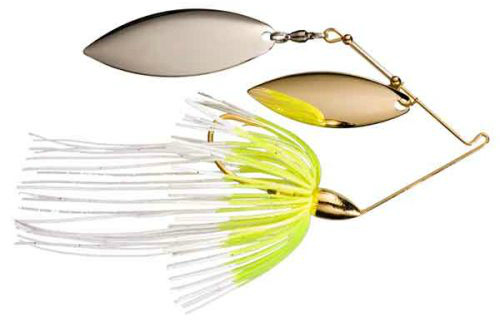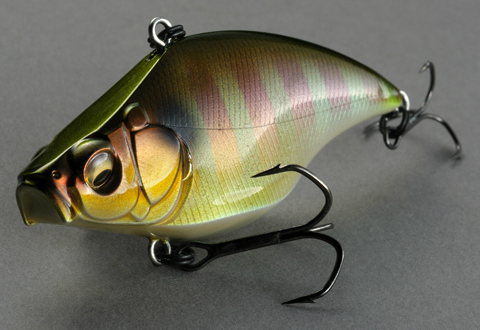High-Water Remedies for Largemouth Bass
Edwin Evers 05.30.17

No matter what time of year, high, dirty water presents challenges for bass anglers. In my last blog, I explained what fishermen can do to combat fluctuating water levels during the prespawn/spawn phase.
If the water recently started to rise during this period, for example, most bass will still be in the same staging or bedding areas they were before, but now the water will just be that much deeper. It’s important to know how far the lake level has come up so you can make that mental adjustment before you start flipping a finesse jig or mojo rig.
After 3 or 4 days, even if the level is still on its way up, a lot of the fish will be scattered throughout that new water. Then it’s time to fish fast with a spinnerbait, buzzbait or shallow-diving crank. Don’t try to hit every nook and cranny; instead look for the cleanest water available, make a lot of casts, and keep moving.
It’s the same during the post-spawn/summer period when storms bring a big influx of fresh water to the system. A few days after levels start to rise, bass will move into all that new territory and it’s a run-and-gun game.
What I look for is a steep bank at the back of the flooded area when the lake is on the rise. Here the terrain forms sort of a corral that gives the fish nowhere to go; they can’t get away from you. And if the water is a bit clearer, so much the better.
The best fishing, however, occurs when levels have topped out and started to recede. It creates some current, and that’s when the fish focus on points. Anglers should, too.
They don’t have to be massive points that stick out like needles; subtle points—even a single tree that protrudes a little farther out along a line of trees—will hold fish. You see this happen in reservoirs when the dam gates are opened to generate power. The current causes bass look for this type of cover where they can get out of the flow, but still be in position to ambush prey.
I look for points or saddles that have some trees on them; if you find a willow or buck brush that’s anywhere from 5 to 15 feet deep, you might just have some of the best flipping of your life!

You want a big, heavy jig here—something that will move water, but more importantly, a bait that you can get right back along the trunk of the tree. A lot of times the bass will suspend and put their noses right against the trunk where it’s hard to get to them with a light jig. Depending on the depth and current, I typically go with a ½- to ¾-ounce Andy’s Nature Jig and a big Zoom Z-Hog trailer (below) because it’ll get a bass’ attention and trigger a reaction strike.

You also need to know how long it takes for the jig to reach bottom, and be sure to keep an eye on the line as the bait falls. Bass will take the bait as it drops, so if the line stops moving before it hits bottom, set the hook!

If this tactic isn’t working for me, I next assume that the fish are in front of the trees or brush, using them just like they would a grassline to ambush forage. There are a few options to choose from here—one being a crankbait. Depending on the water depth, and the depth the bass are holding, I’ll like the Megabass 1.2, 1.5 or 2.0 S-Crank (above) because the square bill keeps the lure from snagging, and its erratic hunting action as it swims triggers strikes.

A spinnerbait is another likely choice, and mine is a ½-ounce chartreuse-and-white War Eagle with tandem willow-leaf blades (above). Sometimes, though, the best bait to throw along a line of trees is a lipless crankbait, like the Megabass Vibration-X (below). In deeper water, once you know where most of the fish are suspending, you can count it down to the target zone before starting the retrieve. Then, it’s got the action and rattle that make fish strike.

If you run into high-water conditions the next time you’re on the water, try the tactics I explained here. Then, let me know how you did.


